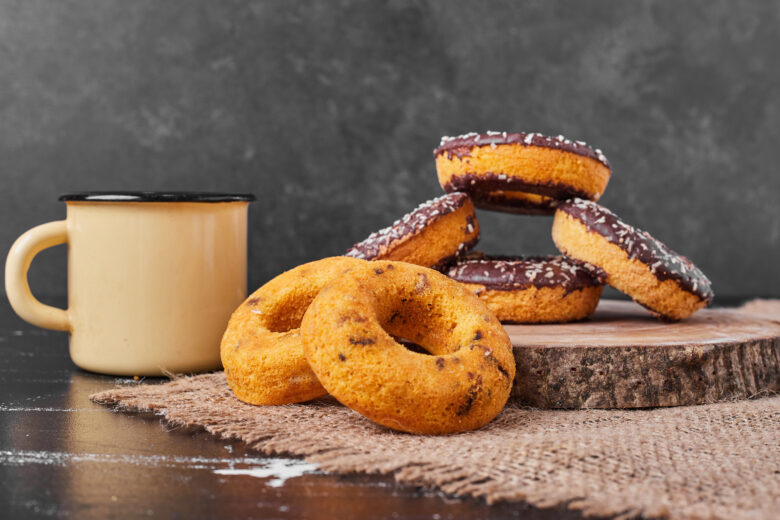Setting the right price for your baked goods is a delicate balance between covering your costs, making a profit, and keeping customers happy. Whether you’re just starting a bakery or refining your current pricing strategy, understanding the components behind your pricing can make a world of difference. This guide walks you through how to price baked goods strategically, without scaring off your loyal customers.
Why Pricing Matters in the Bakery Business
Pricing isn’t just about covering expenses—it’s a crucial part of your brand and customer perception. Set your prices too high, and you might lose customers. Set them too low, and you risk running at a loss. A thoughtful pricing strategy helps you stay competitive while ensuring profitability.
Many new bakers make the mistake of underpricing their products to attract buyers, but this often leads to burnout and unsustainable business. Smart pricing reflects your product’s value and your effort while allowing your bakery to thrive long-term.
Understanding Your Costs: The Foundation of Pricing
Before you can price your baked goods, you need to understand what it actually costs to make them. There are two main types of costs:
- Direct Costs: These include ingredients, packaging, and direct labor involved in making each item.
- Indirect Costs (Overhead): Rent, utilities, equipment depreciation, marketing, and administrative expenses.
To calculate your cost per item, use the following formula:
Cost per item = (Total Direct Costs + Total Indirect Costs) / Number of Items Produced
Example: If your total monthly costs are $10,000 and you produce 5,000 items, your cost per item is $2.00.
Adding Profit Margins: How Much Should You Mark Up?
Once you know your cost per item, it’s time to add a profit margin. Many bakeries apply a markup between 30% and 50%, depending on the complexity of the product and the market demand.
The basic formula for pricing with profit is:
Price = Cost per Item × (1 + Desired Profit Margin)
Example: If your cost is $2.00 and you want a 50% profit margin:
Price = $2.00 × (1 + 0.50) = $3.00
According to PastryClass (2023), many pastry shops aim for profit margins between 30%–50%, especially when targeting premium markets.
Using Psychological Pricing to Influence Buying Behavior
Psychological pricing strategies help guide customer decision-making and increase perceived value. Here are a few effective techniques:
- Charm Pricing: Price items at $2.99 instead of $3.00 to make them appear more affordable.
- Bundling: Offer packages, such as a coffee and pastry combo, to increase average transaction size.
- Tiered Options: Create basic, premium, and deluxe versions of products to appeal to different budgets and boost upselling.
Example: A bundle of three muffins for $7.99 feels like a deal compared to $3.00 each.
Adjusting Prices as Your Bakery Grows
Pricing isn’t static. To remain profitable and competitive, regularly assess and adjust your prices. Factors to monitor include:
- Cost Fluctuations: If ingredient or labor costs rise, your prices should reflect those changes.
- Customer Feedback: Listen to customer perceptions about value and pricing fairness.
- Competitor Analysis: Keep tabs on similar businesses in your area to avoid pricing yourself out of the market.
Regular reviews—quarterly or seasonally—help you adapt quickly and maintain profitability.
Advanced Tips: Value-Based and Market-Aware Pricing
In addition to cost-plus pricing, consider value-based pricing. This strategy sets prices based on how much your customers believe your products are worth. If you’ve built a strong brand or offer unique baked goods, customers may be willing to pay more.
Avoid entering price wars with competitors. Instead, focus on offering distinct value—through flavor, presentation, service, or ambiance—that justifies your price point. Tools like customer surveys and A/B testing different price points can help you find the sweet spot.
Common Pricing Mistakes and How to Avoid Them
Even seasoned bakers can fall into common traps. Here’s what to watch out for:
- Ignoring overhead: Don’t price based only on ingredient cost. Include labor, packaging, and operational costs.
- Copying competitors blindly: Their cost structures and goals may differ from yours.
- Forgetting to reassess: Inflation, rent increases, or changing market demand should all trigger pricing reviews.
- Undervaluing labor: Your time and expertise matter—don’t shortchange yourself.
Use spreadsheets or bakery management software to track costs and pricing metrics consistently.
Conclusion: Build a Pricing Strategy That Grows with You
Learning how to price baked goods isn’t just about hitting the right number—it’s about creating a strategy that balances value, profit, and customer satisfaction. From calculating your costs and applying markups to experimenting with psychological pricing and value-based approaches, pricing is both a science and an art.
Start pricing smarter today—build a strategy that supports your passion and your profits!



